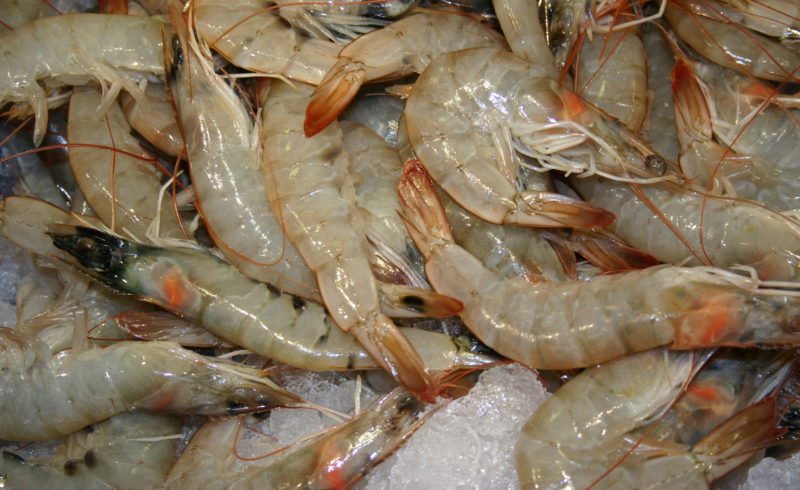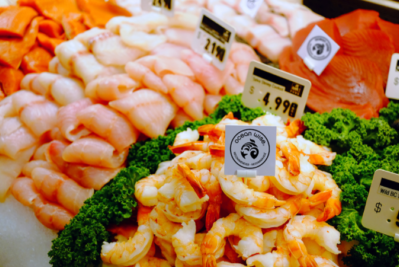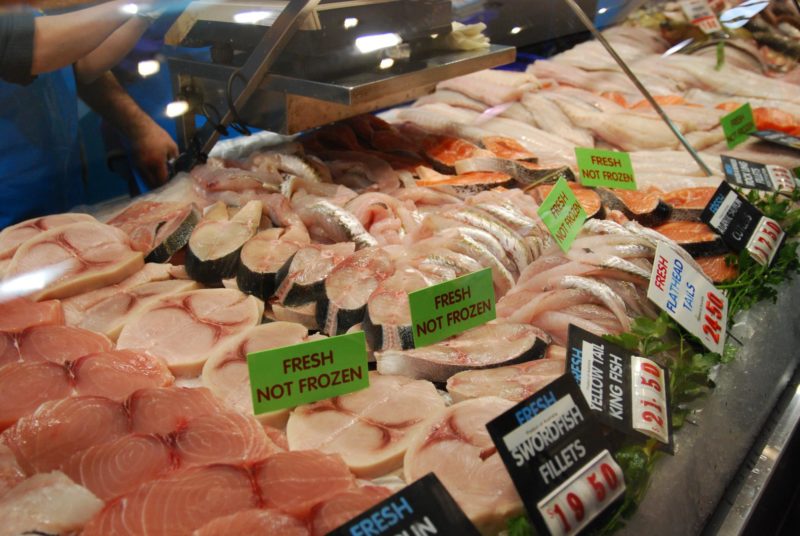Markets
Market demand has a critical role to play in encouraging ecologically and socially sustainable fishing and aquaculture practices, and reducing or eliminating unsustainable practices.
Understanding the sustainability of seafood available in Canada, including domestic production and imported products, is key for markets to impact the seafood value chain. Seafood markets can then be influenced through various measures, including changes in purchasing practices and improving government regulation and strong eco-certification standards and application.
Companies that purchase large volumes of seafood, such as major retailers and food service companies, have an opportunity to shift the seafood supply chain towards more sustainable options. The Common Vision for Sustainable Seafood provides a framework to help businesses deliver on sustainability commitments.
Consumers also have an opportunity to influence the seafood supply chain by buying the best sustainable seafood in their local markets. Thankfully, there are many resources available to support these purchasing decisions.
Governments play a critical role in ensuring that proper labelling is required, and health and safety measures are in place.
Eco-labels are also an important mechanism to provide in the marketplace, to drive changes in seafood harvesting and production.
72%
The proportion of unsustainable seafood produced in Canada made up by open-net pen Atlantic salmon
2/3
Canada exports over two-thirds of the seafood we produce
39%
The proportion of unsustainable seafood imported into Canada made up by farmed shrimp





